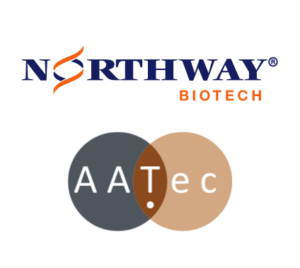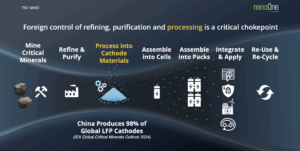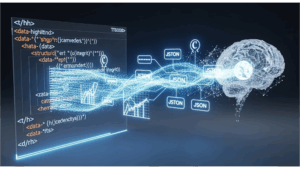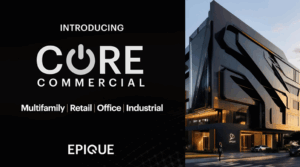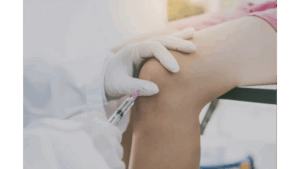Seoul, Seoul / Syndication Cloud / July 13, 2025 / Lydian Cosmetic Surgery Clinic
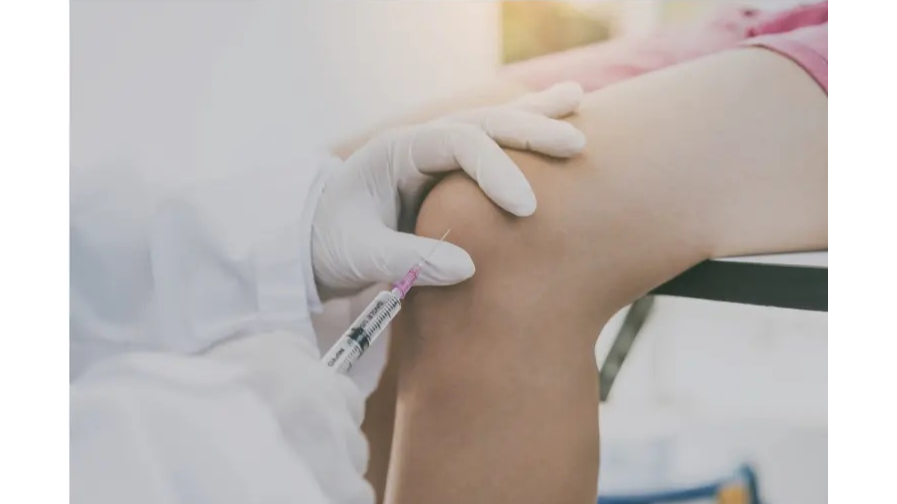
Key Takeaways:
- Orthopedic non-invasive stem cell therapy regenerates damaged tissue rather than just improving symptoms.
- Autologous stem cell therapy uses cells from your own body, minimizing rejection risks.
- Non-invasive stem cell treatments cost approximately one-third of surgical alternatives with fewer complications.
- Lydian Cosmetic Surgery Clinic, researching stem cells since 2005, is recognized by South Korea’s Ministry of Health and Welfare as an advanced regenerative medicine institution.
- Applications include knee cartilage regeneration, treating joint pain, and addressing various musculoskeletal disorders.
Understanding Non-Invasive Orthopedic Stem Cell Therapy
Non-invasive orthopedic stem cell therapy offers a revolutionary approach to treating joint pain and musculoskeletal conditions. Unlike traditional treatments that merely mask symptoms, stem cell therapy targets the root cause by regenerating damaged tissue.
Lydian Cosmetic Surgery Clinic explains that at its core, this therapy uses the body’s natural healing mechanisms. Rather than simply improving damaged cells, as conventional treatments do, stem cell therapy actually regenerates them. This fundamental difference means patients can experience more complete healing rather than temporary symptom relief.
The Science Behind Stem Cell Therapy
What Are Autologous Stem Cells?
Autologous stem cells are cells harvested from your own body, typically from blood, bone marrow, or fat tissue. These remarkable cells possess two critical qualities: they can self-renew (create more of themselves) and differentiate (transform into specialized cell types needed for repair).
The autologous nature of these cells is crucial. Since they come from your own body, the risk of rejection is significantly lower than with cells from another source. This makes autologous stem cell therapy both safer and more effective for many patients.
How Stem Cells Regenerate Rather Than Just Improve Tissue
Traditional treatments typically aim to improve the function of damaged cells or simply manage symptoms. When cells are merely improved, they regain only partial functionality. Stem cell therapy, however, works differently.
When injected into damaged areas, stem cells can detect injured cells and differentiate into the specific cell type needed. This means they don’t just enhance existing cells—they create entirely new, healthy cells. This regenerative approach leads to more complete healing and restoration of function.
The Extraction and Processing Methods
The process of obtaining autologous stem cells involves several carefully controlled steps. First, medical professionals extract the source material—either blood, bone marrow, or adipose (fat) tissue—from the patient. Each source contains different types and quantities of stem cells.
Once extracted, the material undergoes processing in a specialized laboratory setting. Using centrifuge technology, the stem cells are separated and concentrated. This critical step ensures that when the cells are reintroduced to the body, they’re in their most potent form.
Orthopedic Applications of Stem Cell Therapy
Knee Cartilage Regeneration
One of the most promising applications of stem cell therapy is knee cartilage regeneration. Cartilage damage is notoriously difficult to heal because this tissue lacks blood vessels that would normally deliver healing factors. Stem cells can overcome this limitation by directly transforming into new cartilage cells.
For patients with osteoarthritis or injuries, this means potential restoration of smooth joint movement without the need for artificial joint replacement. The stem cells not only form new cartilage but also create a healthier joint environment by reducing inflammation.
Treating Joint Pain and Inflammation
Chronic joint pain affects millions of people worldwide. Stem cell therapy offers relief through several mechanisms. First, the stem cells can differentiate into the cells needed to repair damaged joint tissues. Second, they release anti-inflammatory factors that reduce pain and swelling.
Unlike pain medications that simply mask symptoms, stem cell treatments address the underlying causes of joint pain. This leads to more sustainable relief and improved function for many patients.
Addressing Musculoskeletal Disorders
Beyond knee issues, stem cell therapy shows promise for a wide range of musculoskeletal conditions. Tendon injuries, ligament damage, and even certain bone disorders may benefit from this regenerative approach.
The versatility of stem cells makes them uniquely suited to address these varied conditions. Their ability to adapt to different tissue environments allows them to provide targeted healing where it’s most needed.
Recovery from Sports Injuries
Athletes particularly benefit from stem cell therapy’s ability to accelerate healing. Sports injuries often involve damage to multiple tissue types—muscle, tendon, ligament, and sometimes bone. Stem cells can address this complex damage by differentiating as needed.
The non-invasive nature of stem cell injections also means athletes can potentially return to training sooner than with surgical interventions. This makes stem cell therapy an increasingly popular option in sports medicine.
Key Benefits for Orthopedic Patients
1. Non-Invasive Nature vs. Surgical Alternatives
Unlike traditional orthopedic surgeries that require incisions, anesthesia, and extended hospital stays, stem cell therapy is administered through injections. This non-invasive approach eliminates many risks associated with surgery, including infection at incision sites, adverse reactions to anesthesia, and extended recovery times.
The injection-based delivery means patients can typically walk out of the clinic the same day as their treatment, a stark contrast to the weeks of immobility that often follow orthopedic surgeries.
2. Lower Risk Profile and Fewer Complications
The risk profile of non-invasive stem cell therapy is significantly more favorable than surgical interventions. With no incisions, there’s no risk of surgical site infections or wound healing complications. Additionally, the use of autologous stem cells virtually eliminates the risk of rejection that can occur with donor tissues or artificial implants.
Patients also avoid the risks associated with general anesthesia, which can include respiratory problems, cognitive issues, and even rare but serious complications like malignant hyperthermia.
3. Cost-Effectiveness (About 1/3 the Cost of Surgery)
From a financial perspective, stem cell therapy offers substantial savings. Non-invasive stem cell injection therapy costs approximately one-third of what surgical alternatives would cost. This cost difference becomes even more significant when considering the additional expenses often associated with surgery, such as hospital stays, post-operative medications, and lost income during extended recovery periods.
The reduced need for pain medications following stem cell therapy can also translate to additional cost savings for patients over time.
4. Reduced Recovery Time
Recovery from orthopedic surgery often takes months, with patients navigating a challenging rehabilitation process. Stem cell therapy patients typically experience much shorter recovery periods. Most can return to their daily activities within days rather than weeks or months.
This accelerated recovery isn’t just about convenience—it also means less muscle atrophy, better maintenance of cardiovascular fitness, and reduced risk of complications associated with prolonged immobility.
5. Minimal Rejection Risk
Since autologous stem cell therapy uses cells from the patient’s own body, the immune system recognizes these cells as “self” rather than foreign material. This significantly reduces the risk of rejection that can occur with donated tissues or artificial implants.
The low rejection risk means patients can avoid immunosuppressive medications that might otherwise be necessary and that often come with their own set of side effects and complications.
The Treatment Process
Stem Cell Harvesting from Blood, Bone Marrow, or Fat
The first step in autologous stem cell therapy is harvesting the cells. Depending on the specific condition being treated and the patient’s health profile, stem cells may be collected from blood, bone marrow, or adipose (fat) tissue. Each source offers different types and quantities of stem cells.
Blood collection is similar to a standard blood draw. Bone marrow harvesting involves a needle insertion into the hip bone, while fat collection typically uses a mini-liposuction procedure. All are performed under appropriate anesthesia to ensure patient comfort.
Processing in Class 10,000 Sterile Environments
Once collected, the stem cells must be isolated and concentrated. At Lydian Clinic, for example, this processing occurs in Class 10,000 sterile environments. These specialized clean rooms maintain extremely low levels of airborne particles and contaminants, ensuring the safety and purity of the stem cell preparation.
During processing, the stem cells are separated from other cell types using specialized equipment like centrifuges. This concentration step is crucial for maximizing the therapeutic potential of the treatment.
Targeted Injection to Damaged Areas
The final step is the precise injection of the processed stem cells into the damaged area. Using imaging guidance when necessary, the medical team ensures accurate placement of the cells where they’re most needed.
The injection process itself is relatively quick and typically causes only minor discomfort. Many patients compare it to receiving a standard injection or having blood drawn.
Post-Treatment Care
After receiving stem cell therapy, patients receive specific instructions for maximizing treatment effectiveness. These typically include activity modifications for the first few days, hydration recommendations, and sometimes nutritional guidance to support stem cell function.
Follow-up appointments allow the medical team to monitor progress and make any necessary adjustments to the recovery plan. Most patients begin noticing improvements within weeks, though the full benefits may continue to develop over several months as the stem cells work to regenerate damaged tissues.
Is Stem Cell Therapy Right for Your Orthopedic Condition?
While stem cell therapy offers remarkable benefits for many orthopedic conditions, determining if it’s right for you requires personalized assessment. Ideal candidates typically include those with joint pain, cartilage damage, tendon or ligament injuries, or early-stage osteoarthritis who wish to avoid surgery.
Factors that might influence suitability include the severity and nature of your condition, your overall health, age, and specific treatment goals. A consultation with specialists can help you understand if this innovative approach aligns with your needs.
Lydian Cosmetic Surgery Clinic
lydian6959@gmail.com
+82-10-9692-5508
836 Nonhyeon-ro, Sinsa-dong, Gangnam
Seoul
Seoul
06025
Korea, Republic of










